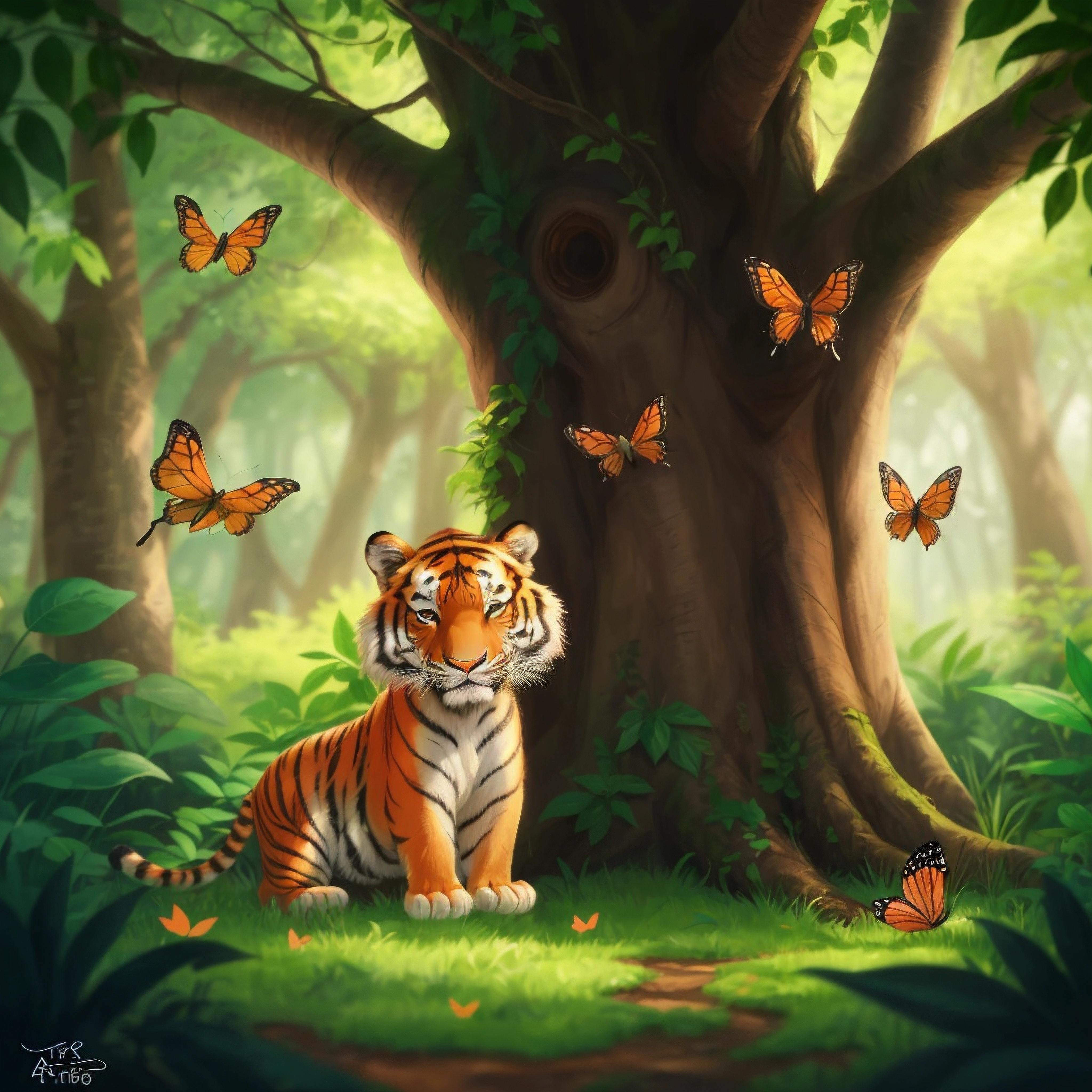

Recommend
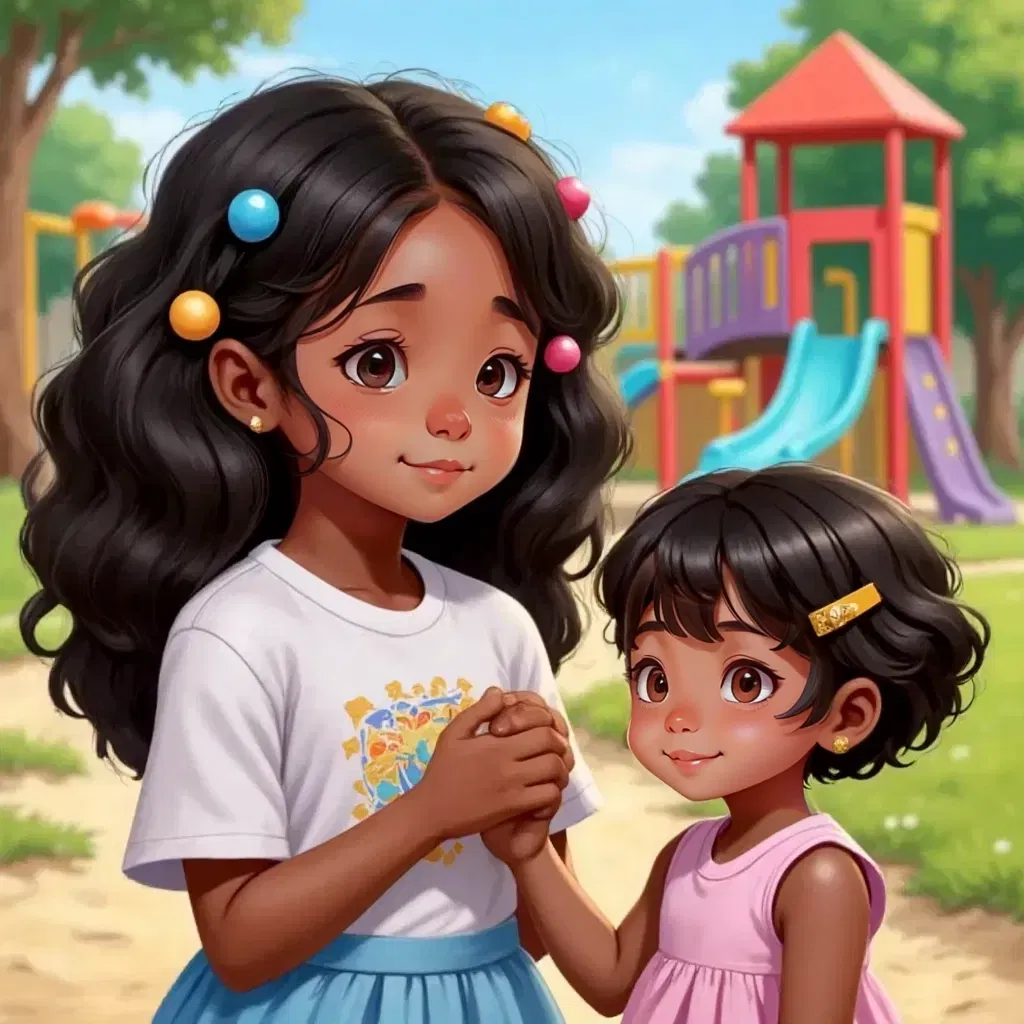
African American kids enjoying them selves at the playground
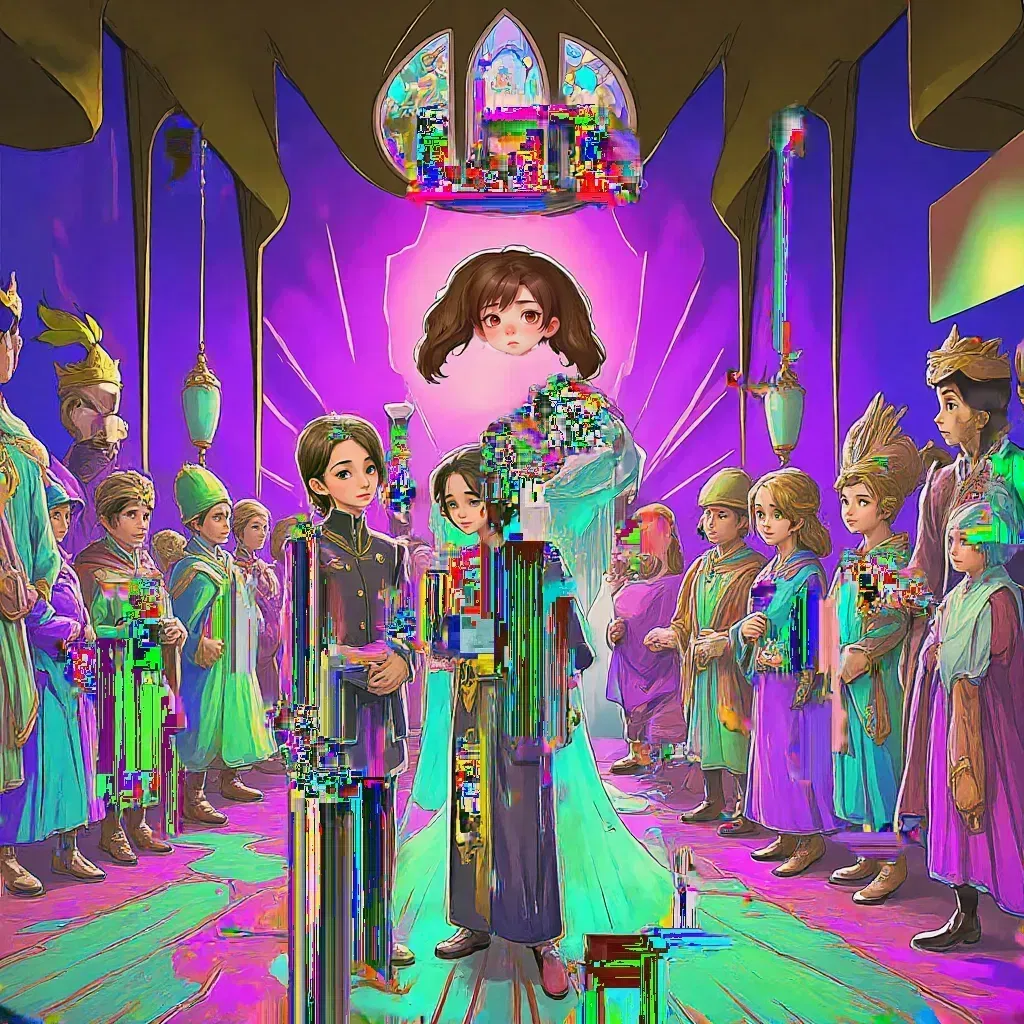
Setting: Chappell Kingdom holds a castle where the royalty lives, the kingdom is in a state of celebration, as the king’s life has been honored, but there’s an undercurrent of tension due to the upcoming succession Princess and Prince fighting for power when the king (Their dad passed away) A princess trying to become in power over her prince brother because she is older(representing the gender roles shown in macbeth) She purposely leaves her heal after her father’s celebration of life ceremony so when her brother comes out he trips over. Leaving him hurt and unable to rule. The servants as the witches Who work in the castle the idea in the princess's head that she is the eldest and it should be here automatically to the throne Suggesting she should stand up and show her strength Theme/idea: challenges the idea that leadership is determined by gender, showing difficulties faced as a woman trying to gain a man dominated position ambition can lead to destruction of relationships (brother and sister)
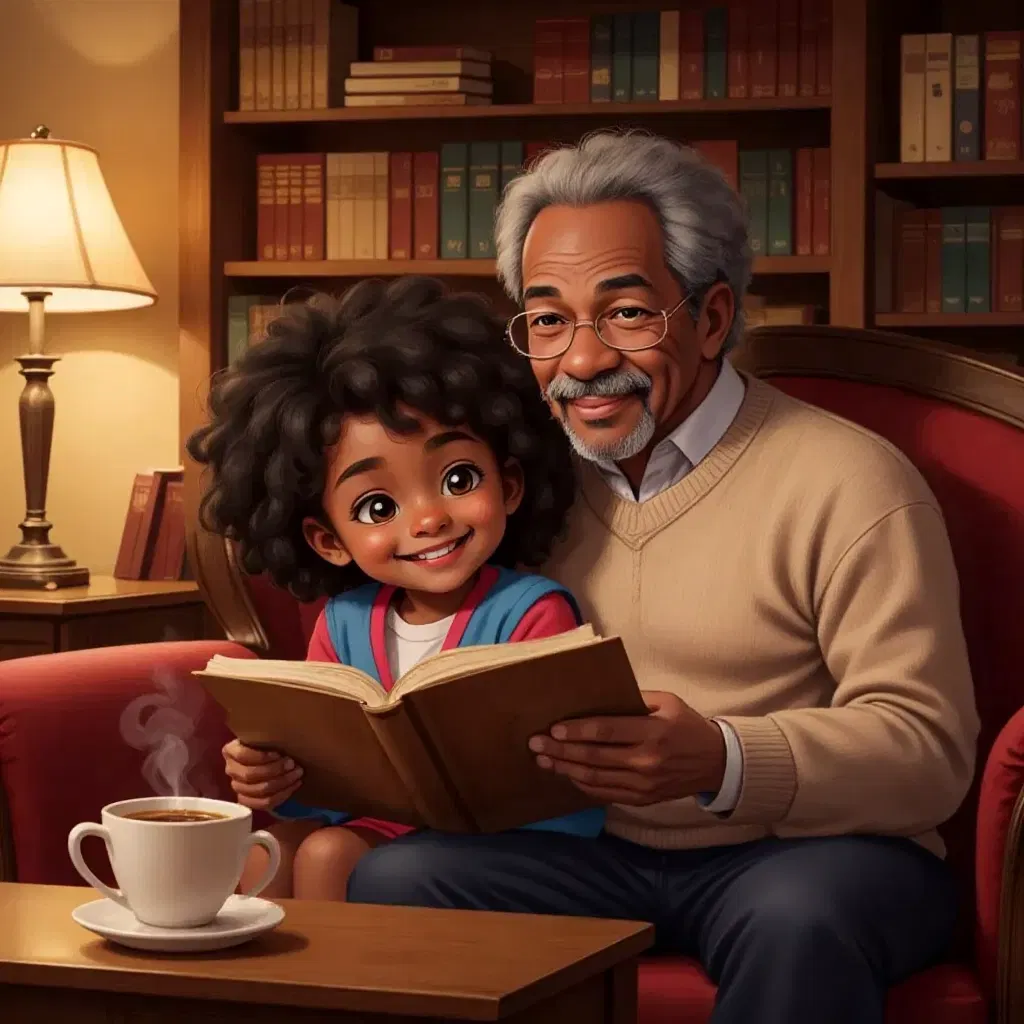
This heartfelt and beautifully illustrated children's book is designed to help young readers (under 5) navigate the complex emotions of losing a beloved grandfather. The story follows Mia, a young African American girl, as she learns to cope with the passing of her Grandpa Joe, who was her best friend and storyteller. Through gentle, age-appropriate language, the book explores themes of love, grief, and the importance of cherishing memories. Mia discovers that even though Grandpa Joe is no longer physically present, his love and wisdom remain with her in the stories they shared, the traditions they created, and the lessons he taught her. The book includes a helpful guide for parents and caregivers at the end, offering tips on how to support children through grief and honor the memory of loved ones. Grandpa's Love Lives On is a tender and empowering resource for families, helping children understand loss while celebrating the enduring bond between a grandparent and grandchild.
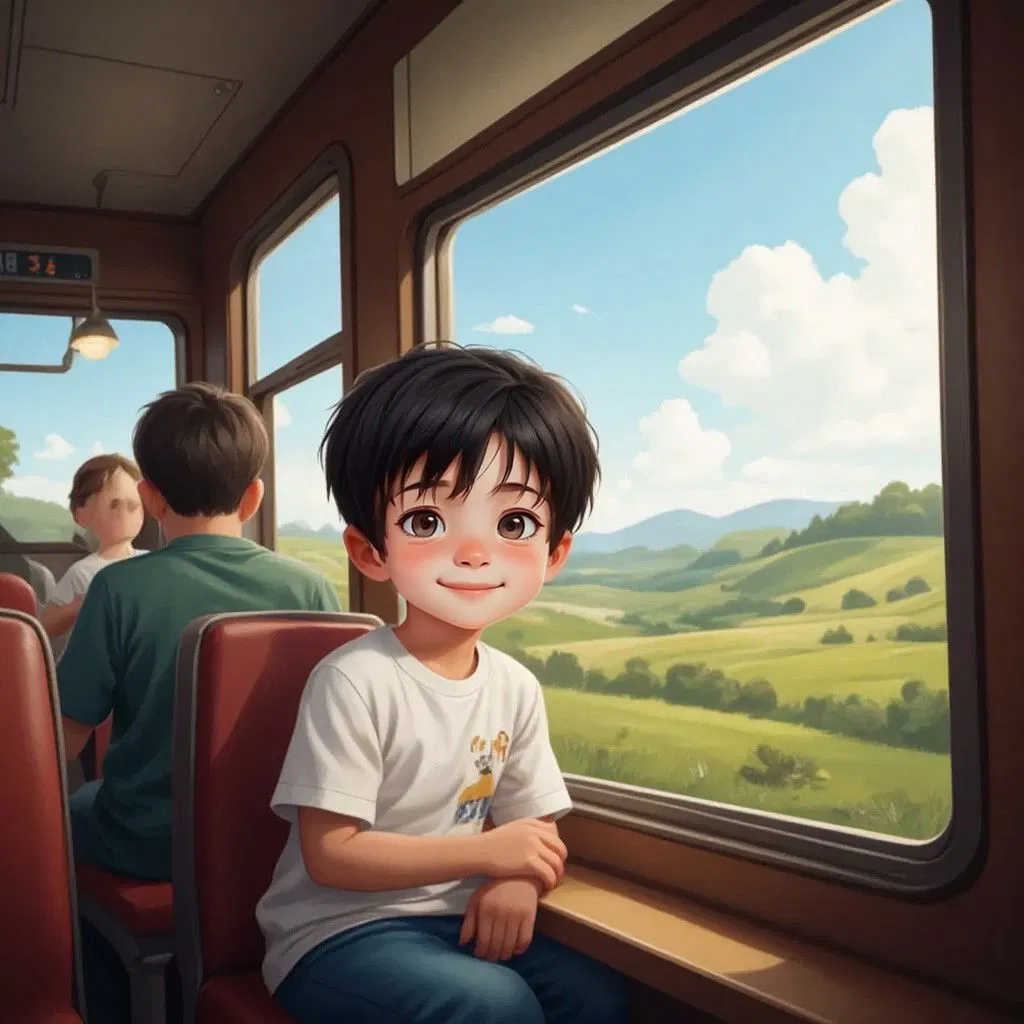
a child who has just moved cities by train, and really likes his new city because he can play with his friends around the house.
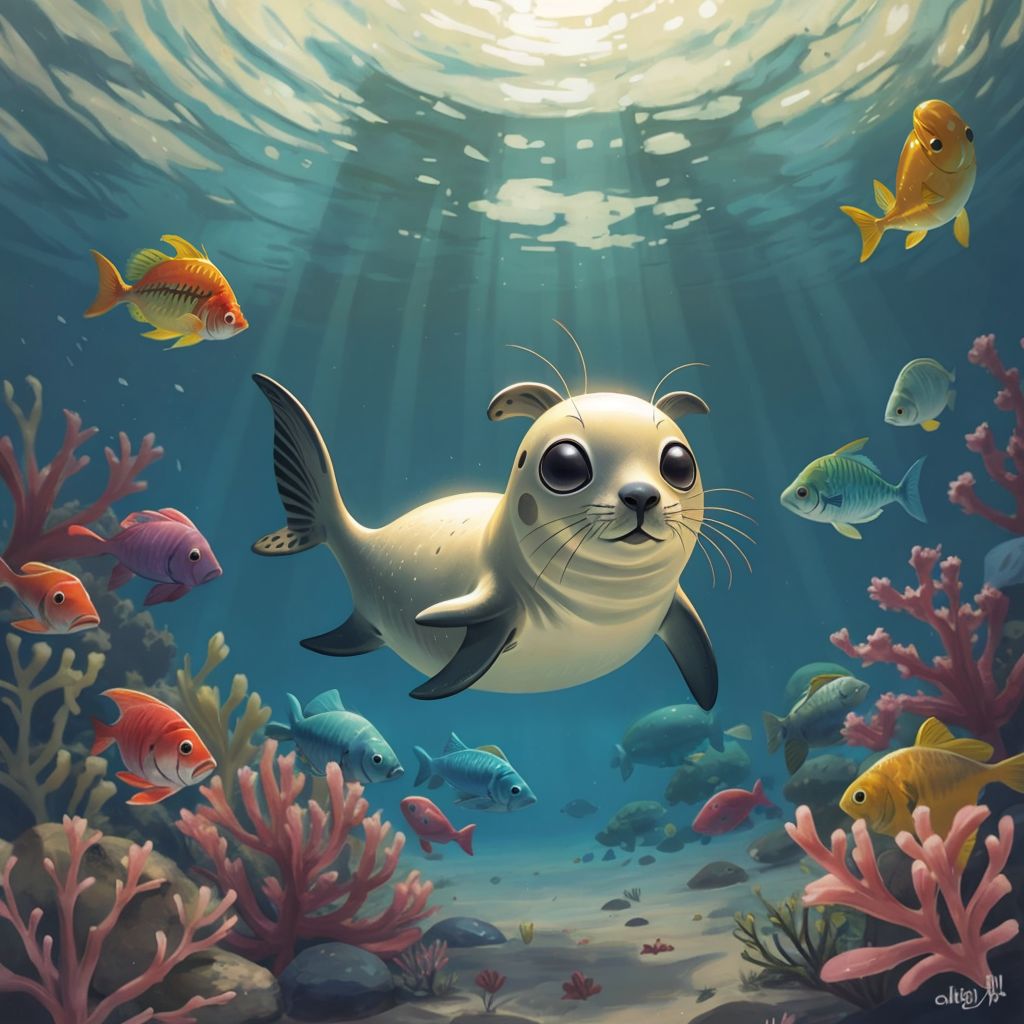
1. Léo, a little seal, was swimming in the ocean. 2. Suddenly, a huge ship appeared. 3. CRACK! The Titanic hit the iceberg. The hull slowly tore apart.
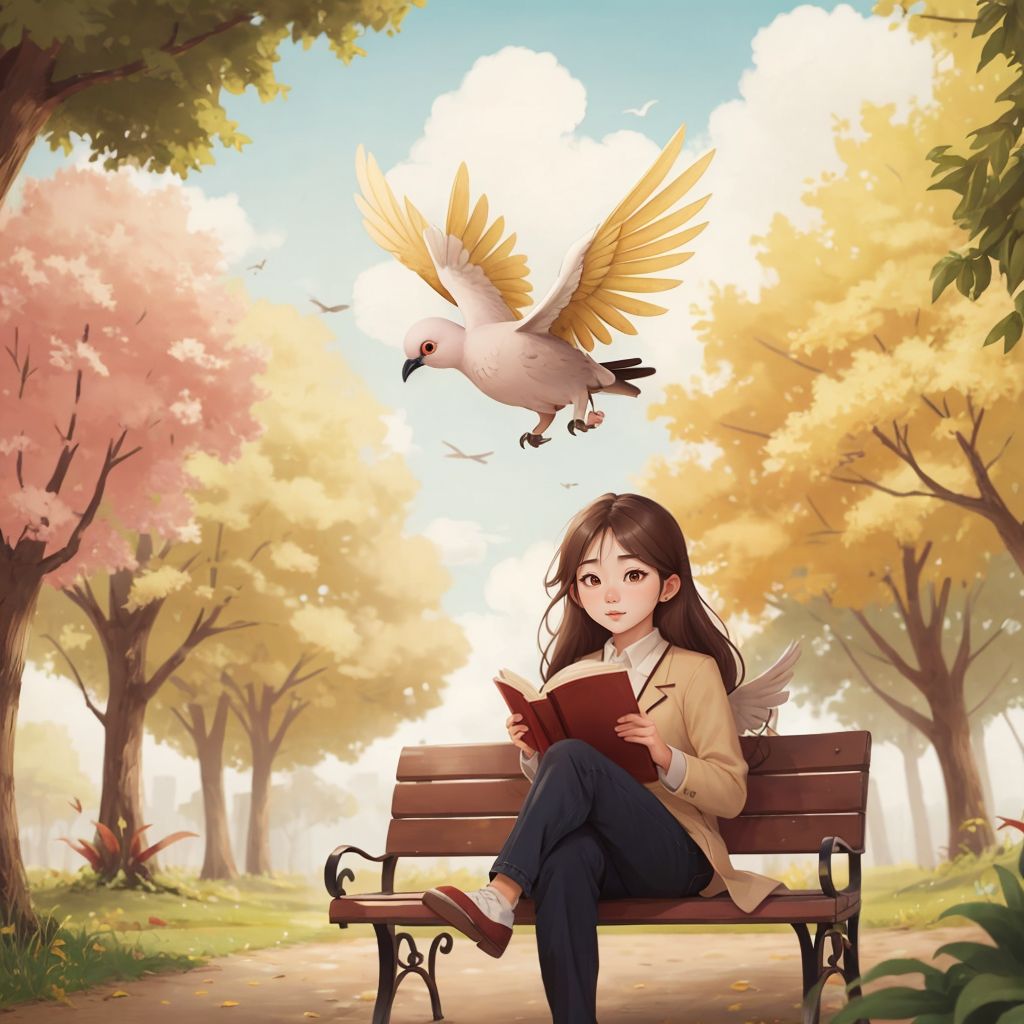
"On the Days She Flew Away: Continuing the Journey of A Lost Angel" By Mara C. Eusebio Mara C. Eusebio returns with the 2nd edition of her works titled, "On the Days She Flew Away: Continuing the Journey of A Lost Angel," an intimate collection of her original poetry. Each page takes readers through the heart’s raw landscapes, exploring the complexities of love, loss, and self-discovery. These poems capture moments of soaring joy, whispered reflections, and the quiet magic of resilience. With every verse, Eusebio weaves a journey that speaks to the universal quest for understanding and hope. Whether you’re a fellow "lost angel" seeking solace, or simply a lover of the written word, this collection offers a sanctuary of relatable emotions and introspection. Prepare to lose yourself, only to find yourself again, in the timeless art of poetry.

The setting is a single-family house with a mom, a young boy Jake and dog Hipis. It’s a morning on a snowy day and it’s a beautiful sunrise. The mom has so much to do. The house is messy her son has made a mess with blocks, toys and trucks. She wants to enjoy the sunrise and walk out with her baby to watch it, but starts cleaning and getting everything ready around the house. She does not want to go out until she is finished, the dog is fed and it is all perfect around the house. She wants to be prepared for everything. Her and her boy missed the sunrise because of all the Cleaning. She tried to make everything perfect but in the end, it’s turned against her and they missed the beautiful moment. The next day, the same thing happens, but her son reminds her about the sunrise last minute and they both go out. The house is still messy, but they have a special moment together. It’s reminds them that not everything has to be perfect and that's perfect. They’re smiling together.

Write a short story for a second grader about a little bunny that has to start a new grade and is not liking her new class and doesn't know many of her classmates. She is finding her subjects difficult. She is particularly struggling with phonics. The Bunny's name is Lily and she is a white bunny who wears a pink bow in her hair.
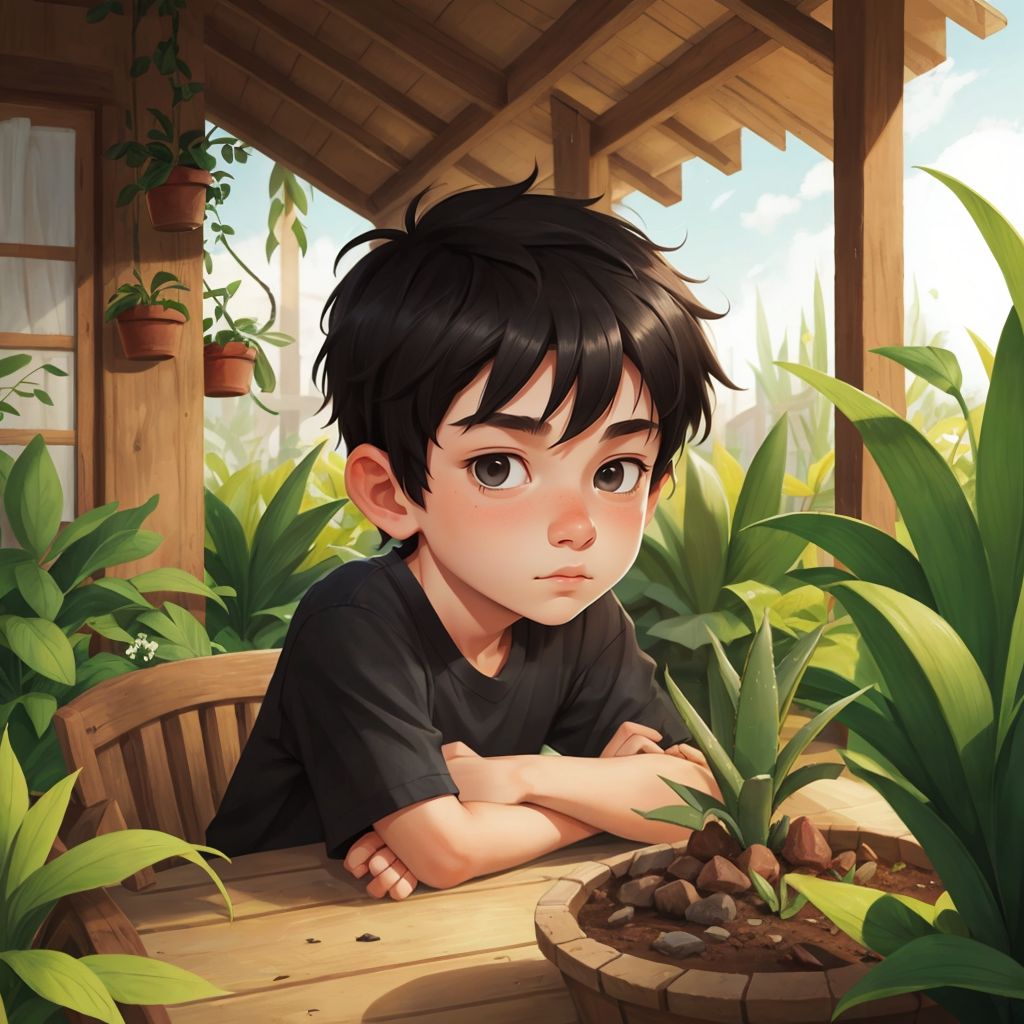
كيف تيم التكاثر بالفسائل؟ واي النباتات يتم تكاثرها بالفسائل؟

Amen has a cat. Amin cat is very cute. The cat is white in color. Every day, Amin plays with the cat. The cat likes to jump. Amin likes to see cats jump. One day, Amen went to the park. In the park, Amin sees a bird. The bird is very beautiful. The bird is red. Amen loves the red bird. Amen said, "Hi, bird. Can we be friends?" The bird flew near Amin. Amen happy. Amen have new friends! Now, Amin has cats and birds. Every day, Amin plays with cats and birds. Cats love to jump. Birds love to fly. Amin likes to play with his friends. Amen said, "Cats jump, birds fly, and we are happy together!" Amin is very happy with his friends.
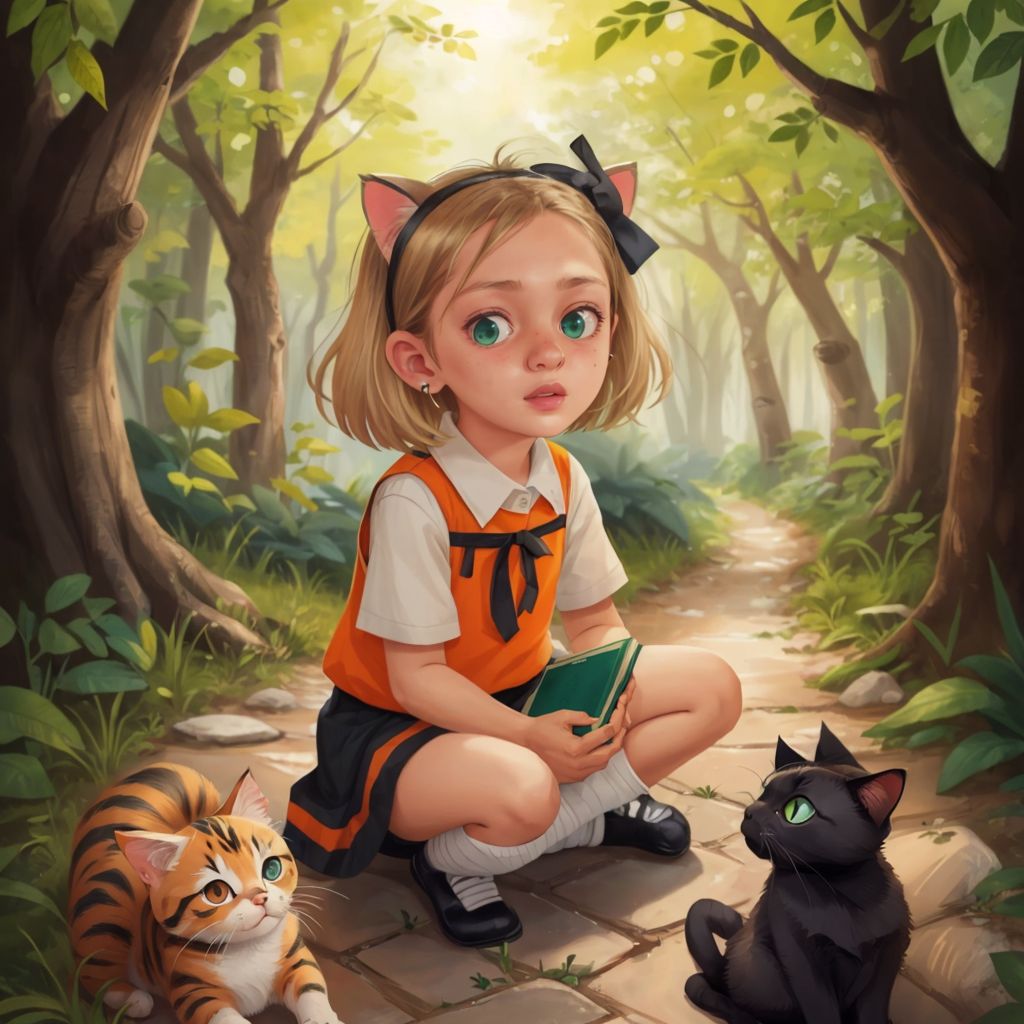
this is an adventure of a girl and her cats as she learns and navigates through life learning about the stories in the bible and how to apply them to her everyday life while also learning about technology
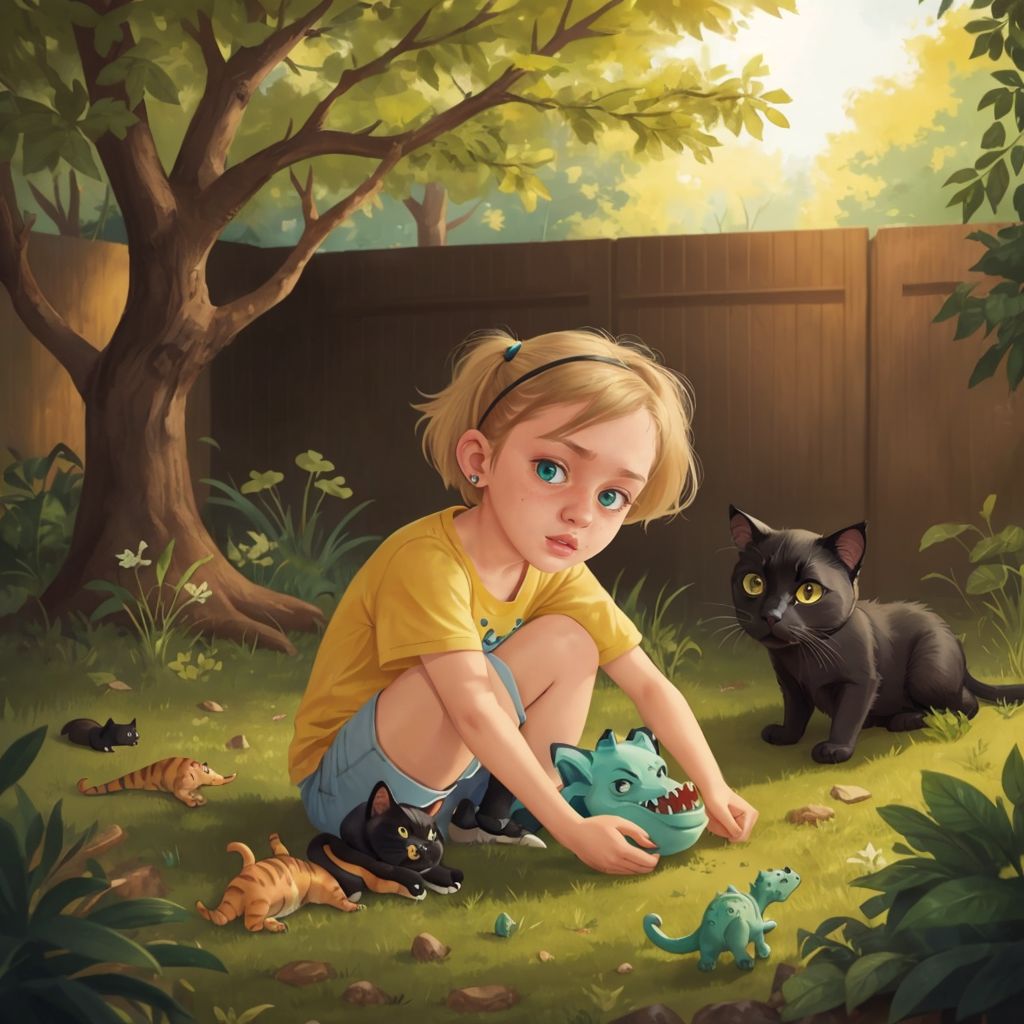
1. Hailey an 11-year-old dinosaur-loving kid meets a black cat with big Green eyes. 2. Dax the Black cat 3. Dax goes to 5th Grade 4. Jelley follows Dax
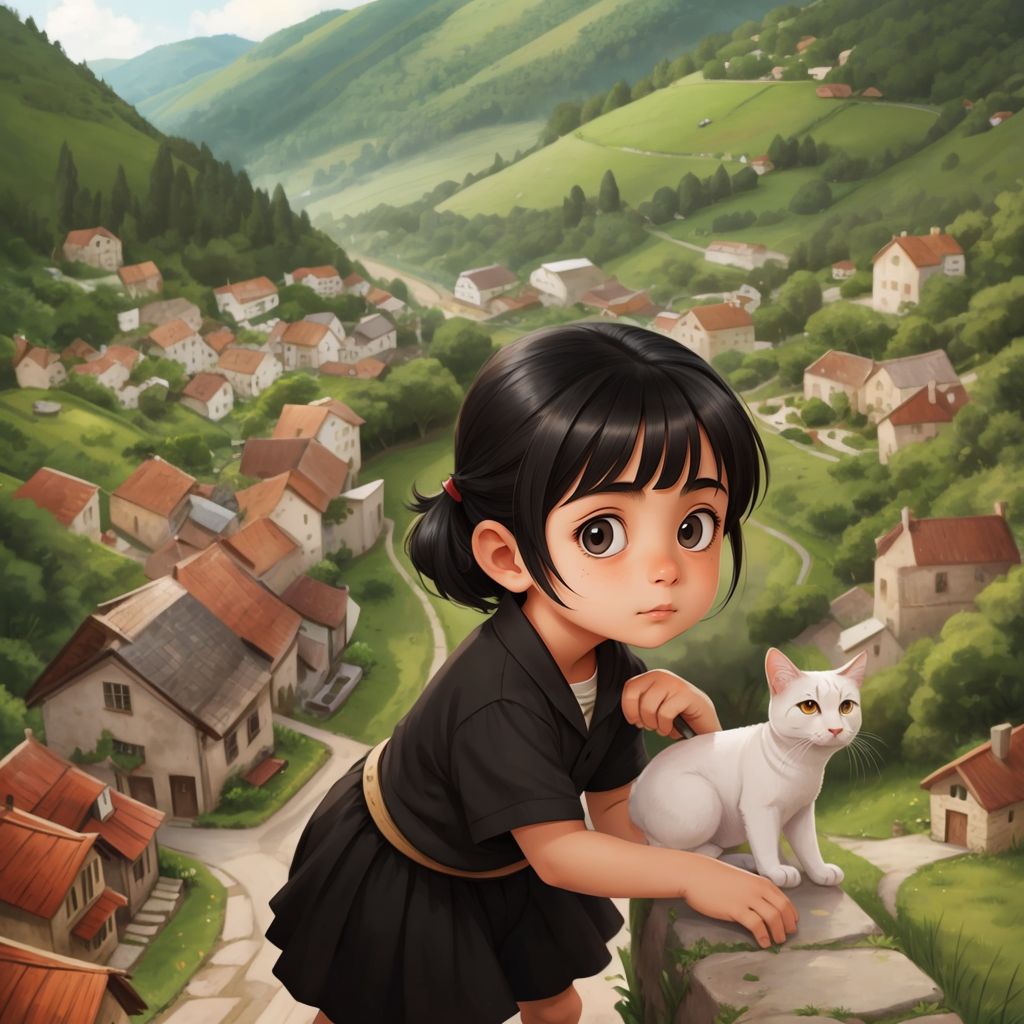
Page 1: Introduction Prompt: A cheerful little girl named Rina with her pet cat Kiki in a picturesque village surrounded by lush green hills. Page 2: The New Neighbor Prompt: A new family moving into the house next door with a boy about Rina's age looking lonely as Rina watches from her yard. Page 3: Offering Help Prompt: Rina smiling and helping the new boy, Tom, carry a heavy box. Page 4: Sharing Toys Prompt: Rina and Tom playing together in Rina's backyard, happily sharing toys. Page 5: Including Everyone Prompt: At the playground, a group of kids playing a game with Rina inviting Tom to join, and everyone smiling. Page 6: Helping the Elderly Prompt: Rina and Tom helping an elderly lady, Mrs. Smith, carry grocery bags to her house. Page 7: Being Honest Prompt: Rina handing a lost pencil case to her teacher at school, with the teacher smiling and praising her. Page 8: Apologizing Prompt: Rina looking apologetic as she talks to Tom about accidentally breaking his toy, with Tom looking understanding. Page 9: Showing Gratitude Prompt: Rina hugging her parents and thanking them, with everyone smiling and looking happy. Page 10: Conclusion Prompt: Rina surrounded by friends in the village, all smiling and playing, showing a happy and harmonious community.

"The Necklace" is a well-known short story by French author Guy de Maupassant. The story describes a young wife in Paris, living in the late 1800s, who has a middle class lifestyle but, at the same time, craves wealth and status. The story has a surprise ending which is a trademark of Maupassant's fiction.
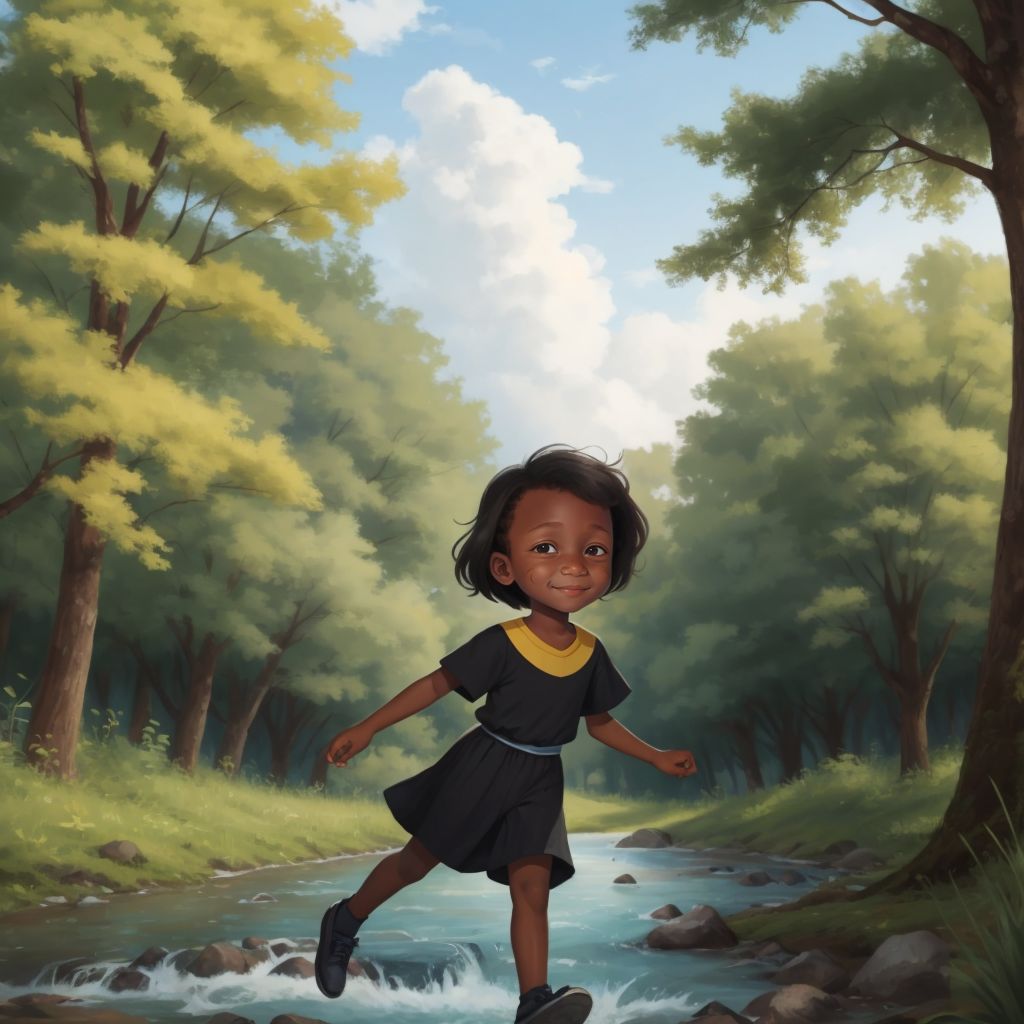
Yasmin, ein kleines Mädchen, lebt in einem idyllischen Dorf voller Natur. Eines Nachts träumt sie von einem Spaziergang durch den Wald, wo sie einen weisen Phönix namens Flamara trifft. Flamara erzählt ihr von dem Gesetz des Einsseins, das besagt, dass alles in der Welt – Bäume, Flüsse, Tiere und Sterne – miteinander verbunden ist. Er erklärt, dass wir alle Teil eines großen Ganzen sind und diese Verbindung mit dem Herzen spüren können. Tief berührt schließt Yasmin die Augen und fühlt die Wärme der Sonne, das Flüstern des Windes und das Zwitschern der Vögel. Sie versteht nun, dass sie nie allein ist und dass Liebe und Harmonie die Schlüssel zu einem erfüllten Leben sind. Dankbar erwacht Yasmin aus ihrem Traum, glücklich und friedlich, bereit, das Gesetz des Einsseins in ihrem Leben umzusetzen. Sie hilft den Tieren, pflegt die Pflanzen und verbreitet Freude, erkundend, dass wahre Magie im Verständnis und der Liebe zur Welt um sie herum liegt.
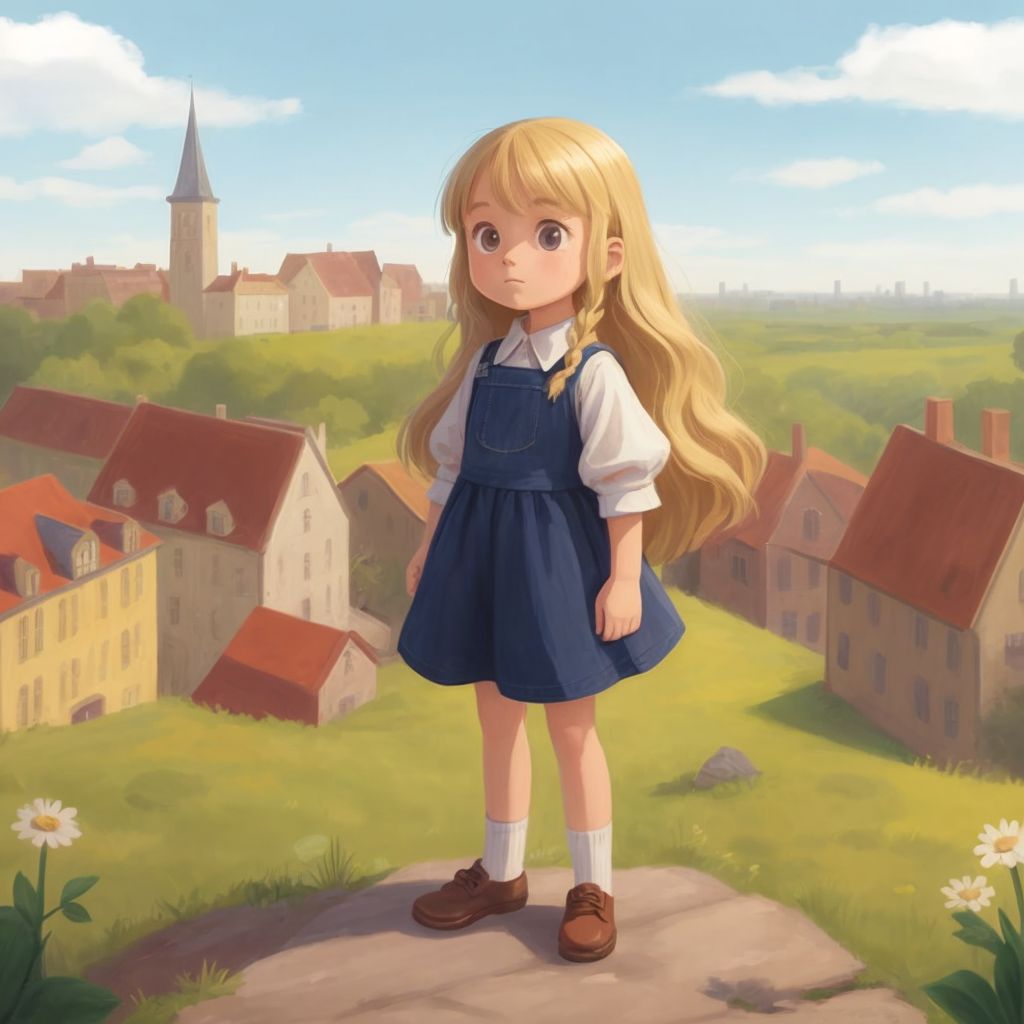
Go, Sammy, go! Fast as you can! Go, Sammy, go over the house, over the moon, and over the store! Go, go, go! You can do it! Hop, hop, hop! Jump, jump, jump! Go, go! Go now! Yes! Yes! Good! Sammy arrived at Lia's house! She went in and played with Lia! It was so much fun. After a while, Sammy went home and drank hot chocolate! It was good! And Sammy slept at last.

Dive into the enchanting world of "Introducing Miss Witchy Effie Leffy," a captivating children's book that brings to life the magical Enchantwood Jungle which is a place filled with talking animals, rainbow-colored trees, and sparkles that light up the sky. In this whimsical tale, the two friends embark on enchanting adventures, navigating the magical jungle with a penchant for magic and hearts full of kindness. Living in her cozy, mysterious house amidst the vibrant hues of the magical jungle, Miss Witchy Effie Leffy is never alone; her best friend, Mrs. Mungle, is always by her side.
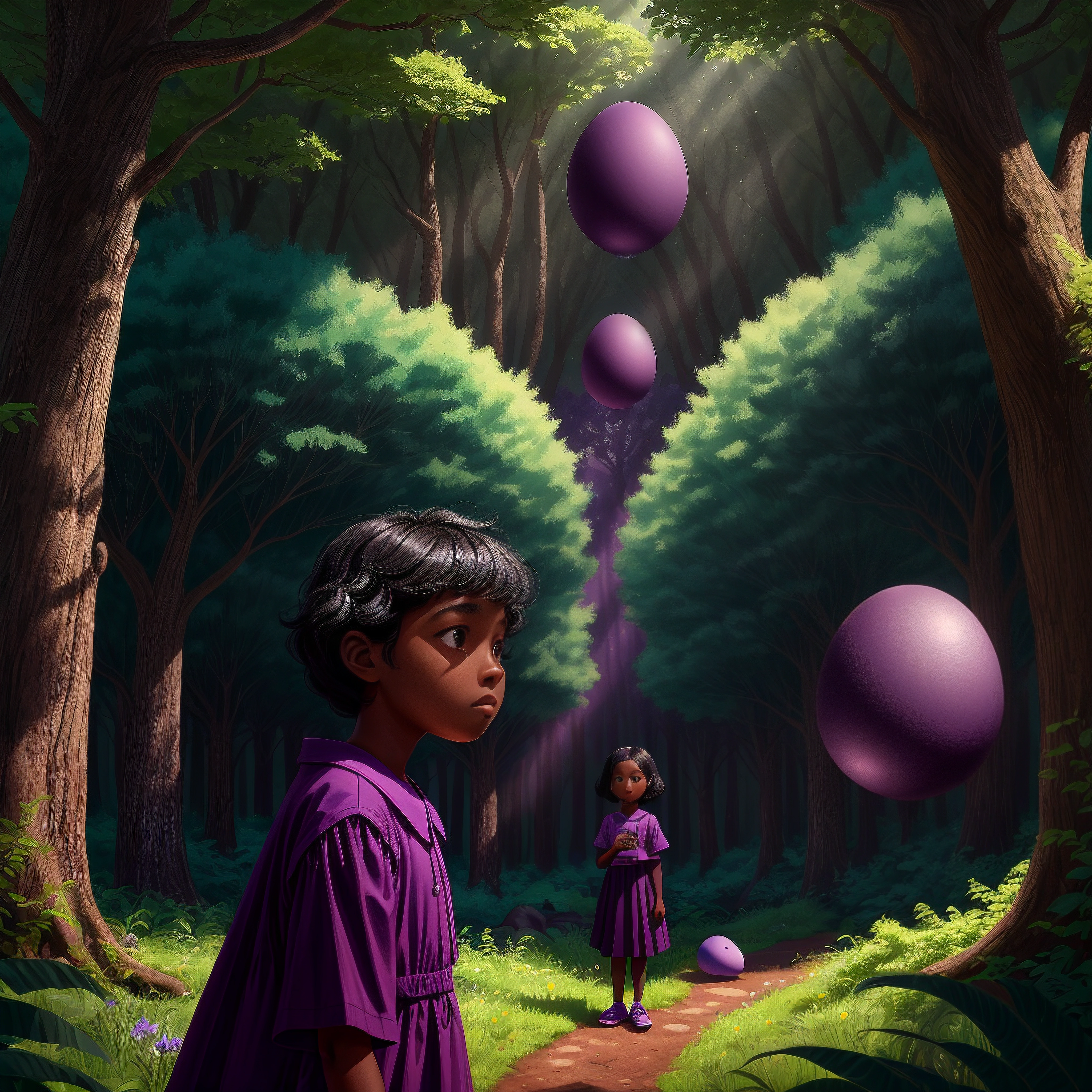
this is a story about a 12 year old african american girl who has a pet dragon that is on her journey with her to heaven
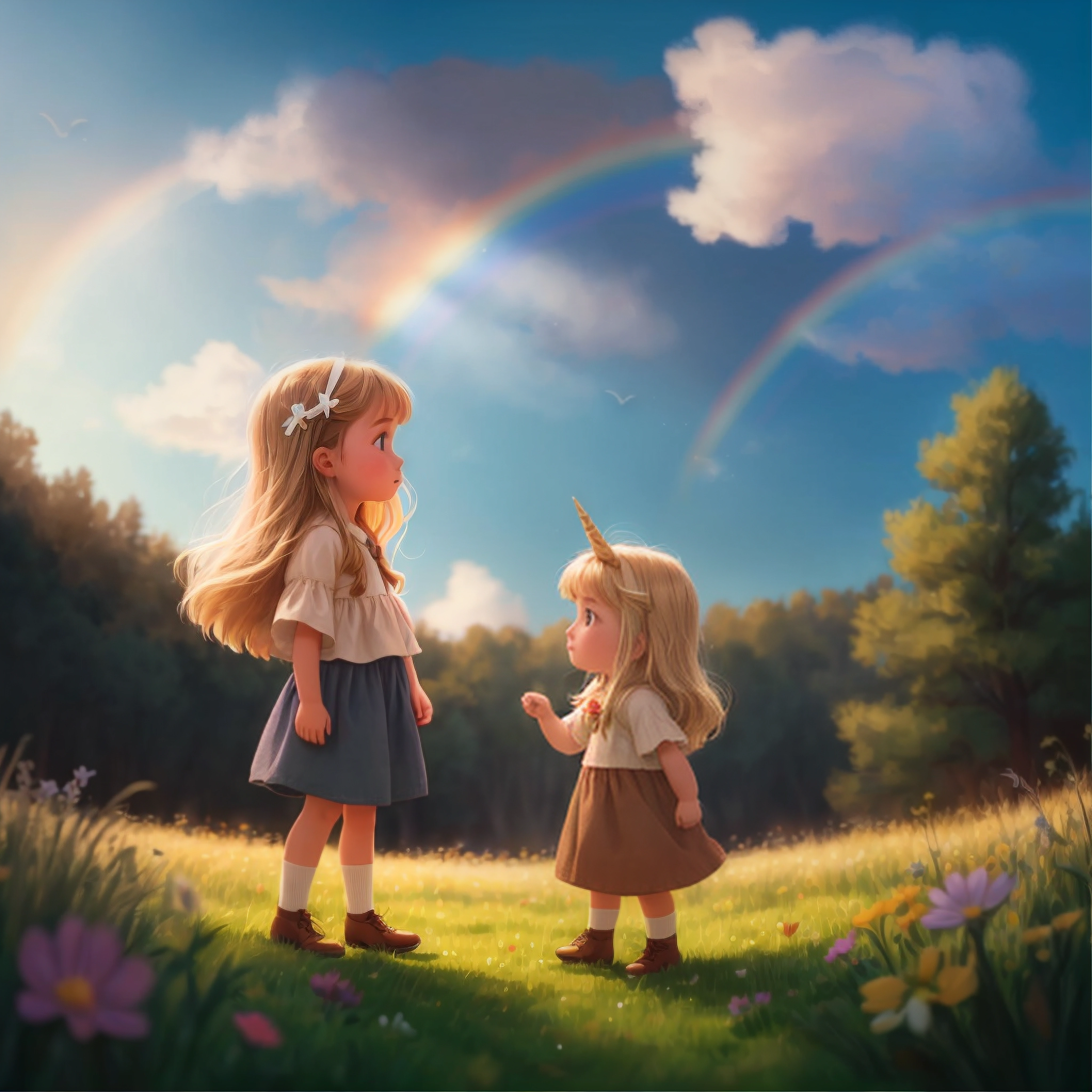
Twin girls who explores the worls riding a unicorn and meet many different animals
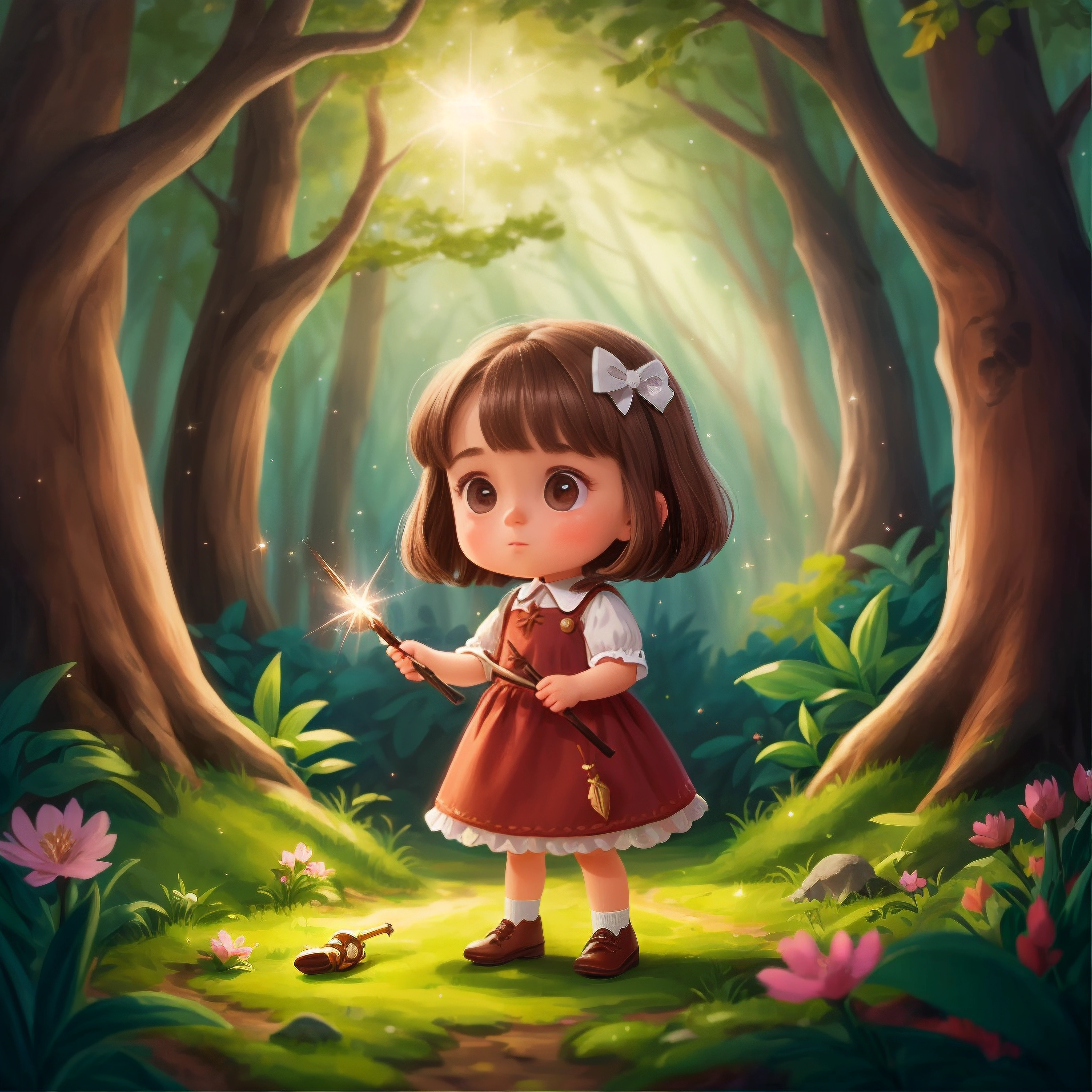
In a land of rainbows lived Fairy Mary, with immense magical powers. She granted wishes to sincere, kind children. One day, Mia found Mary's wand in the forest. Mary, in a light blue cloak, appeared to grant Mia one wish. Mia dreamt of vibrant gardens, and Mary, with a wave of her wand, created a magical garden with singing flowers. However, Mary sensed Mia's sadness about her sick brother, Tom. The fairy concocted a magical potion, restoring Tom's health. Grateful, Mia and Tom visited Mary, thanking her for the enchantment that filled their lives with joy. The fairy smiled, knowing the magic of a kind heart is the most powerful.
